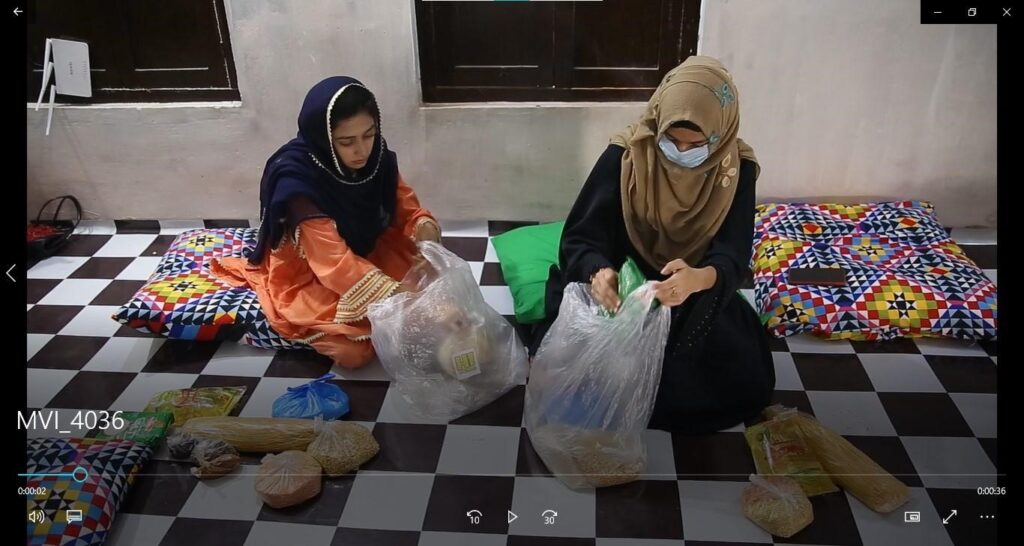Zero Hunger

In Pakistan, the prevalence of Undernourishment, an important indicator for measuring our progress on SDG² Zero Hunger, has slowly declined to 26m Pakistanis in 2017-2019, from about 33m in 2003-2004. Economic slowdowns due to lockdowns, such as Pakistan experienced in 2019-20, tend to increase poverty, which is closely interlinked with food insecurity.the national nutrition survey 2018 showed that 36.9 percent of the population faces food insecurity. Primarily, this is due to limited economic access by the poorest and most vulnerable group of the population – particularly women – to an adequate and diverse diet. The survey also showed the second highest rate of malnutrition in the region with 18 percent of children under 5 suffering from acute malnutrition, around 40 percent of the children in the same age group are stunted and 29 percent are underweight.All complementary feeding indicators are far below acceptable levels, only one in seven children aged 6–23 months receives a meal
with minimum dietary diversity, with at least four different food groups, and around 82% children are deprived of the minimum number of the meals a dayAccess to food is also under threat for more vulnerable households because of food price fluctuations observed in a range of Pakistani markets since the onset of Covid-19.Hi Voices have taken step forward by Providing food ration to poor minority families, Eidi distribution on eid and support for differently-abled children families to get nutrition.
Hi Voices is also motivating youth of Pakistan to take step forward and work on it. Hi Voices aims to end all forms of hunger and malnutrition by 2030 followed by SDGs, making sure all people, especially children have sufficient and nutritious food all year.




